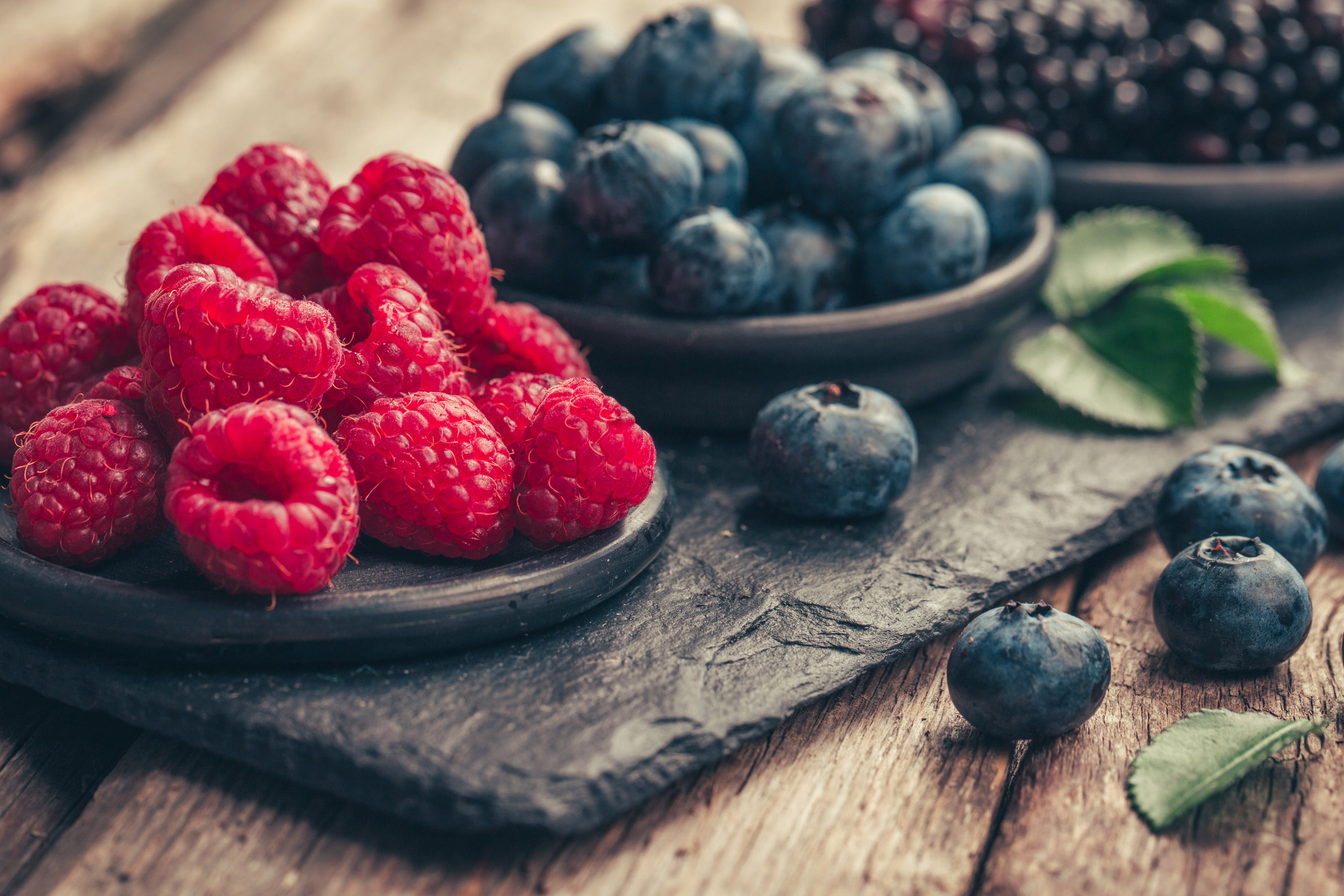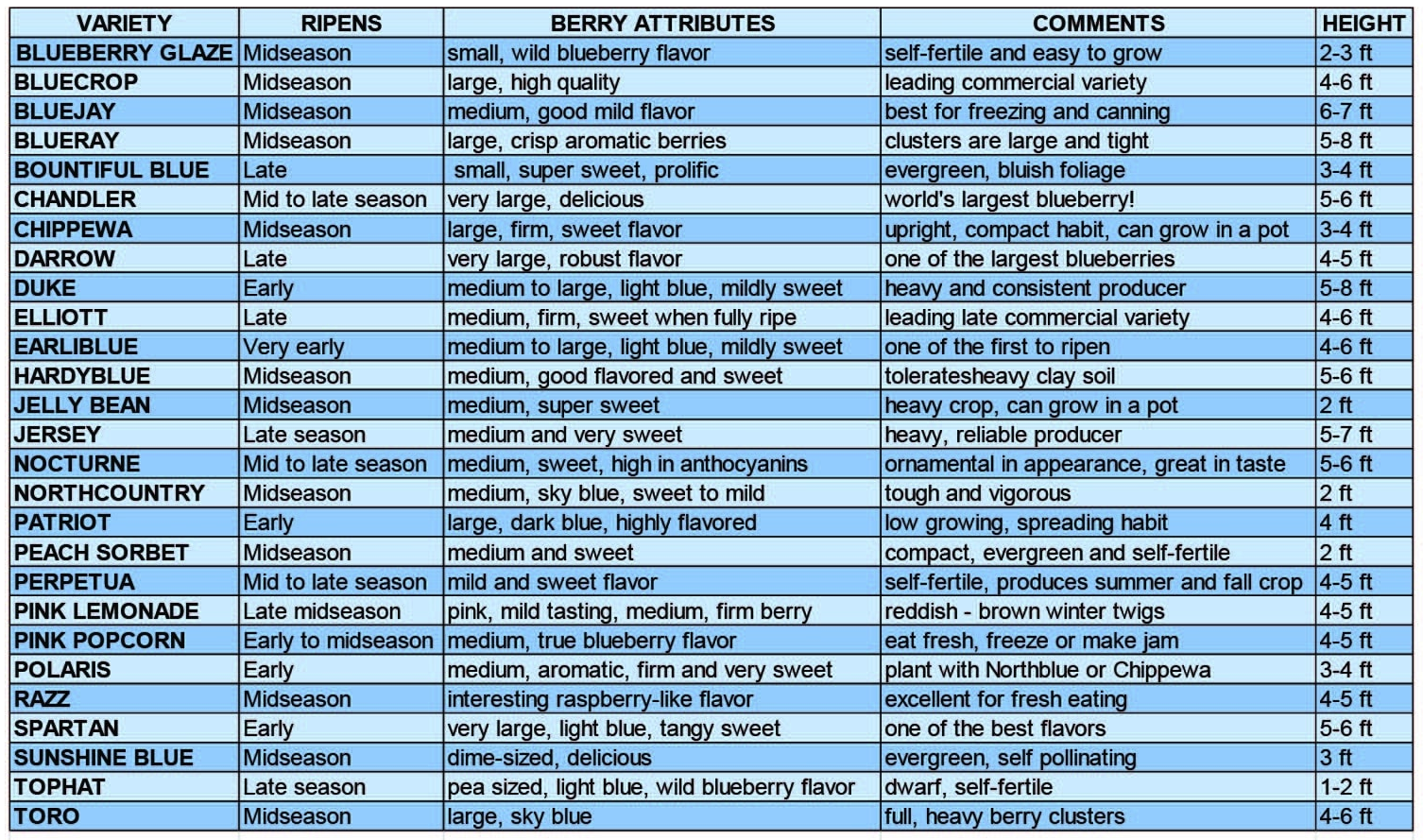Blueberries
The arrival of blueberry season in the Northwest is always a highly anticipated event. Those little berries pack many health benefits and are very versatile. For those of you who want to have fresh berries from your own yard, blueberries are simple to grow, and are one of the most productive fruits for the space you give them.
Collapsible content
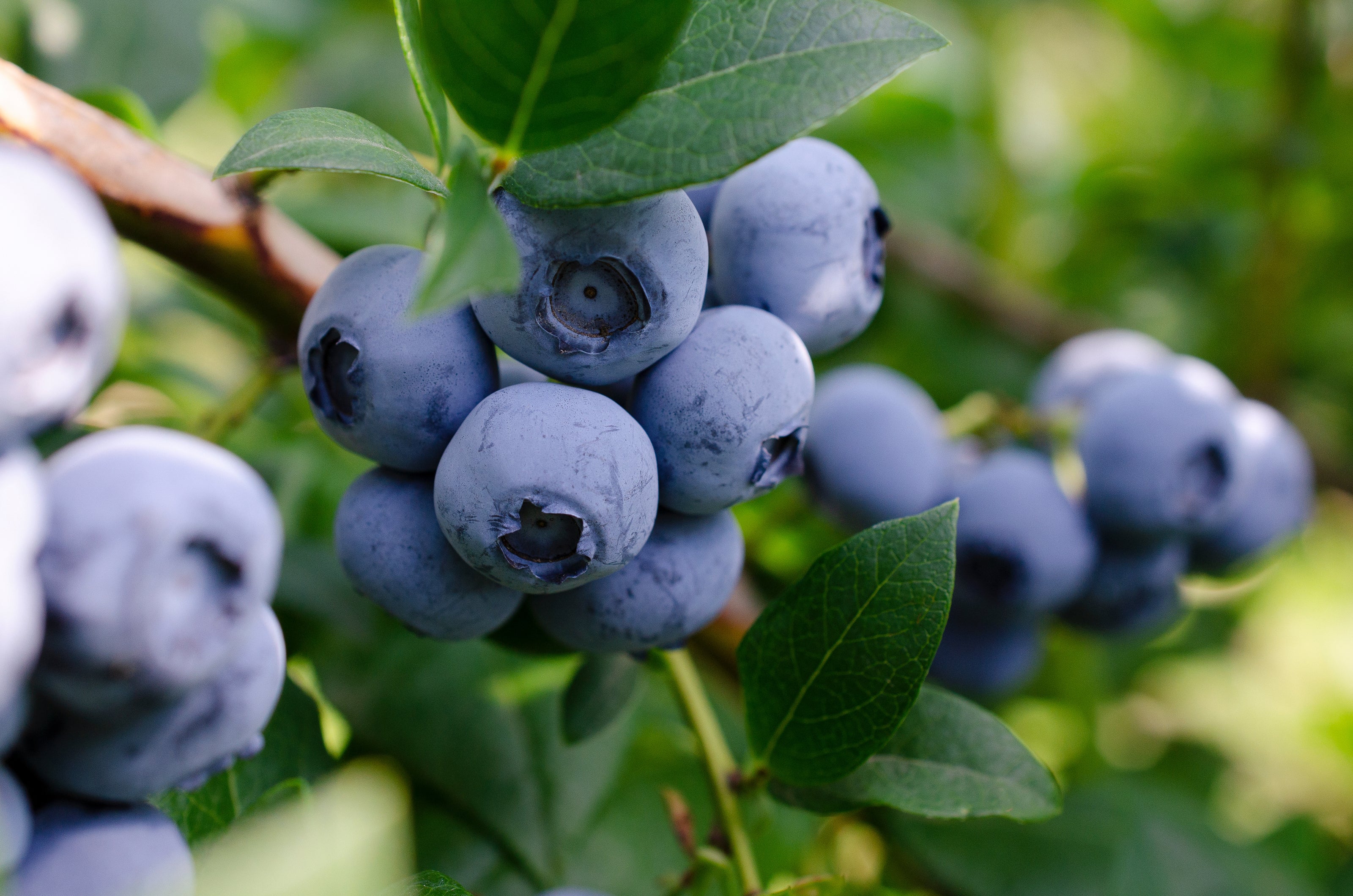
PLANTING
Blueberries like a sunny site, and well-drained soil rich in organic material. If you can’t find a good spot, raised beds work very well. Plant
blueberries in groups to allow for good cross-pollination. Some of the smaller self-fertile types like ‘Sunshine Blue’ can be planted by themselves in
the ground or in containers. Be sure when planting to add plenty of organic material – peat moss works well – and a layer of mulch on top of the
ground to conserve moisture.
SOIL
Acidic and well-drained. Blueberries thrive in very acidic soil, even more acidic than that preferred by other acid-loving plants like rhododendrons
and azaleas. Good drainage is also essential, although blueberries need plenty of moisture during the growing season. The best thing to do is to
add plenty of peat moss at planting time and regularly use a fertilizer for acidic-soil loving plants.
POLLINATION
In most cases you will need at least two different varieties to ensure good cross-pollination. Some varieties, like ‘Sunshine Blue’, are self-fertile and
only require one plant to set fruit. Of course, if you really like blueberries, plant more. Keep in mind that a fully-grown blueberry plant will produce a
lot of fruit!
CARE
Blueberries are fairly self-sufficient, but a little care goes a long way in improving performance. First of all, adequate water during the growing
season will enhance fruit production and overall health. An acidic fertilizer should be used in late Spring, but go easy on it as blueberries resent
heavy fertilizing. Mulch around the plant every once in a while to conserve moisture and add organic matter in the root area. This can make a lot of
difference because blueberries are very shallowly rooted.
PRUNING
Blueberries should be pruned yearly for the best results. Remove old growth periodically to keep plants productive. When in doubt, favor brighter colored
growth over old woody growth. Also, any weak or spindly branches should be removed. Finally, lightly thin the plants to prevent any
problems that might occur from overbearing. Be careful not to remove too much, as fruit is produced on the previous year’s growth, and heavy
pruning might mean fewer berries.
Blueberry Varieties
Early - Late May into June. Mid - June. Late - Late June into July
Caneberries
Caneberries include raspberries, blackberries, and all of their varieties. While they used to be referred to as brambles, this term denotes the presence of thorns. Today, however, many new varieties are thornless, so the former name is no longer appropriate.
Collapsible content

PLANTING
Planting caneberries is usually best accomplished in early spring or late winter, while the weather is still cool. Choose a site that receives ample sun, and where the soil drains well. Most often, they are planted against a trellis or other support to promote good growth.
WATER
While caneberries and vines do require a lot of water the first two years to get established, ensure that you don’t over-water your plant as it is also prone to root rot. Once your plant is established, less is more when it comes to watering.
PRUNING
Pruning of caneberries and vines is crucial to successful fruiting, but are really only good for one fruiting season. The first year is just the growth year, while the second year the plant will produce fruit. “Everbearing” varieties will actually fruit twice, once in spring and again in fall, so prune accordingly.
Strawberries
Strawberries are a favorite here in the Willamette Valley and it’s no surprise since they probably grow and produce here better than just about any other place in the world. So, go ahead and try your hand at growing some strawberries. They don’t take up much space, they produce a lot of fruit, and there is nothing like a fresh strawberry straight from your yard.
Collapsible content
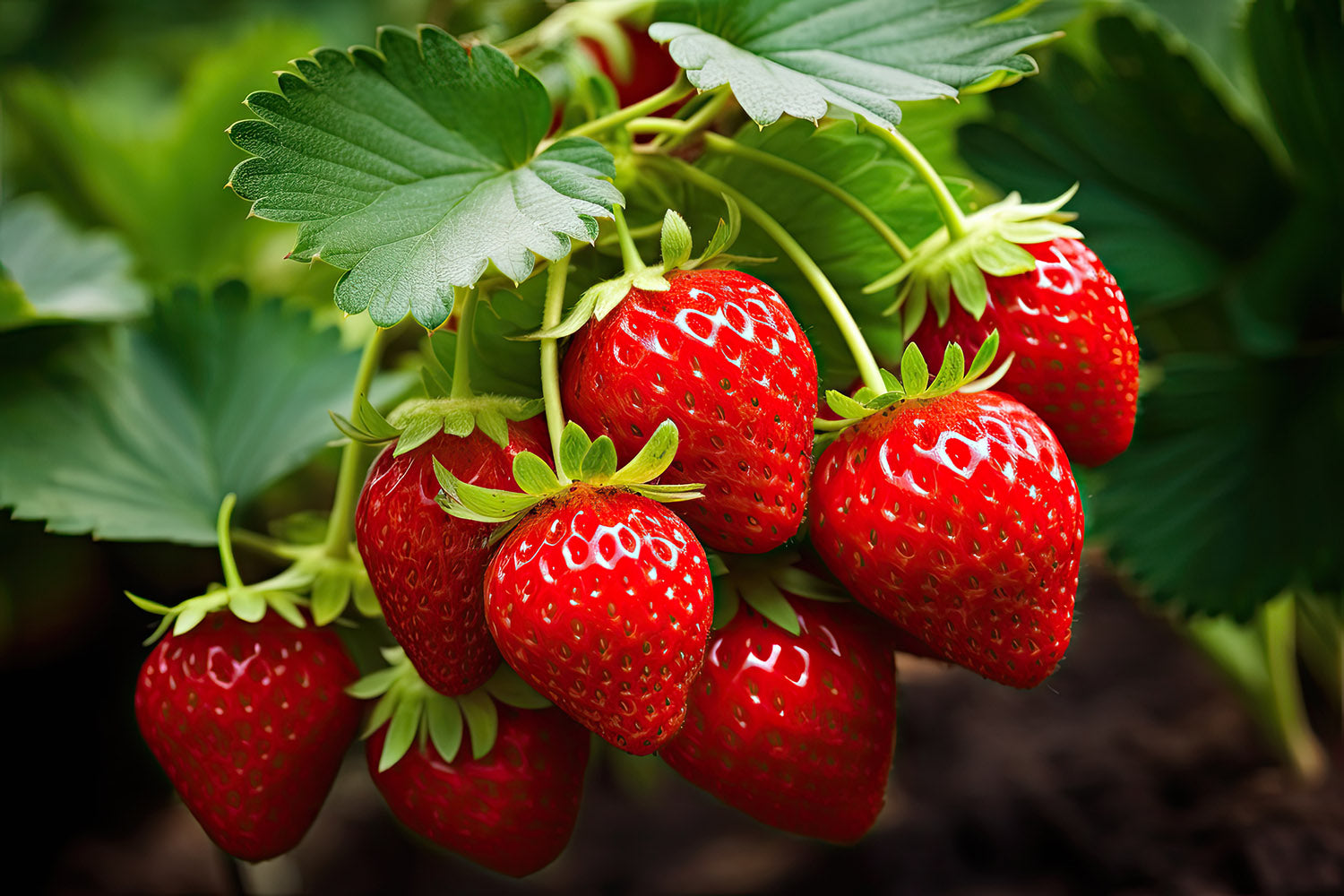
PLANTING
Most people will find it easiest to plant strawberries in long rows, with the rows being a few feet apart from each other. Create a mounded row of soil amended with compost about 12” wide and a few inches high. Plant the strawberries about 15” apart in the raised soil, making sure to keep roots spread and pointing down. In the growing season, you can flood trenches between rows with water to ensure maximum irrigation coverage.
Strawberries can also be planted in containers including hanging baskets. Yields will be much smaller in container plantings though. Whichever location the berries are to be plants, it is important to remember not to plant you berries too deep, as this can cause problems. Keep the crown above ground!
GROWTH
Strawberries will actually reproduce quite rapidly on their own if you let them, especially June-bearing varieties. The central plant is the one you plant, and then they will send out long stems along the ground called “runners”. At the end of these runners will form small plants, which will root into the soil and eventually separate and become a whole new plant. These runners can also be cut off and placed elsewhere for easy divisions! It is best to replace your main plants every 3 years or so to ensure maximum production, so keep those new plants healthy and they will mature and take over for the original in time.
CARE
Strawberries will need a little extra attention in the growing season to be really productive. Water is a necessity in the fruit-bearing months. Again, a good method is to make a trench between your mounded rows and flood them when you want to water. Be sure to fertilize a few times in the spring, a high phosphorous fertilizer is generally recommended in this area. You can also place the fertilizer in the trenches, and it will soak into your rows.
TYPES
Keep in mind that few strawberries grown in this area will be as big as the California-grown ones in the store. But what they lack in size, they make up for in taste: few other strawberries can compete with an Oregon Strawberry in the taste department. Strawberries will be classified as either June-bearing, Everbearing varieties, or Day-neutral (most growers clump day-neutrals in with everbearing though).
June-bearers are the staple in Oregon agricultural production, and bear their crop once over a few weeks in June-July. They produce many runners and yield heavily in the season they produce. June-bearers are also considered to have the more superior fruit of the different types. June-bearing crops tend to not produce the first year they are planted. Some commonly sold June-bearers are ‘Hood’, ‘Tillamook’, ‘Sequoia’ and ‘Benton’
Everbearing varieties produce a few runners and two main crops, one from June through early July and another in fall. Can produce a small crop the first year they are planted. Some commonly sold Everbearing varieties are ‘Quinault’, and ‘Fort Laramie’.
Day-neutral varieties also produce few runners but they produce fruit almost continuously through the growing season, except when the temperatures are too hot, resulting in no flower formation. Day-neutral varieties are considered the best for container plants. Can produce a small crop the first year they are planted. Some commonly sold day-neutral varieties are ‘Tristar’, ‘Albion’, ‘Seascape’
Both everbearing and day-neutral varieties tend to have lesser quality fruit than that of the June-bearing varieties. But they’re still full of taste and probably better-tasting than a lot of imported fruits.

Bare Root Planting
A - Properly planted crown.
B - Crown too low.
C - Crown too High.
D - Crown depth okay, but roots are bent and remain near the surface.
Vine Fruit
Vine fruit we commonly carry include grapes, kiwi, and brewing hops. They come in many different flavors and varieties. They are all very decorative, creating beautiful screens and arbors, as well as producing something delicious, or useful.
-
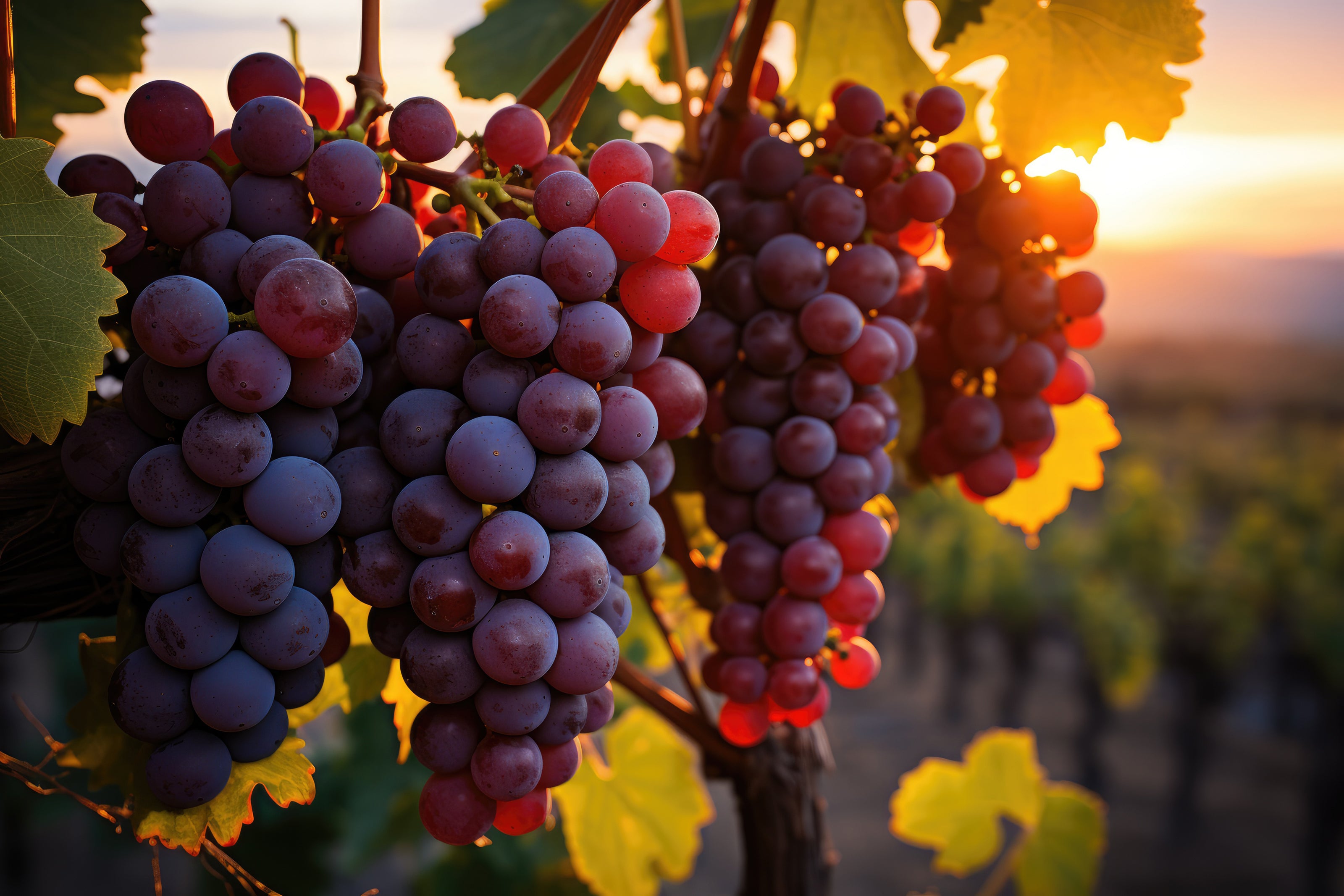
Grape
Vitis
-
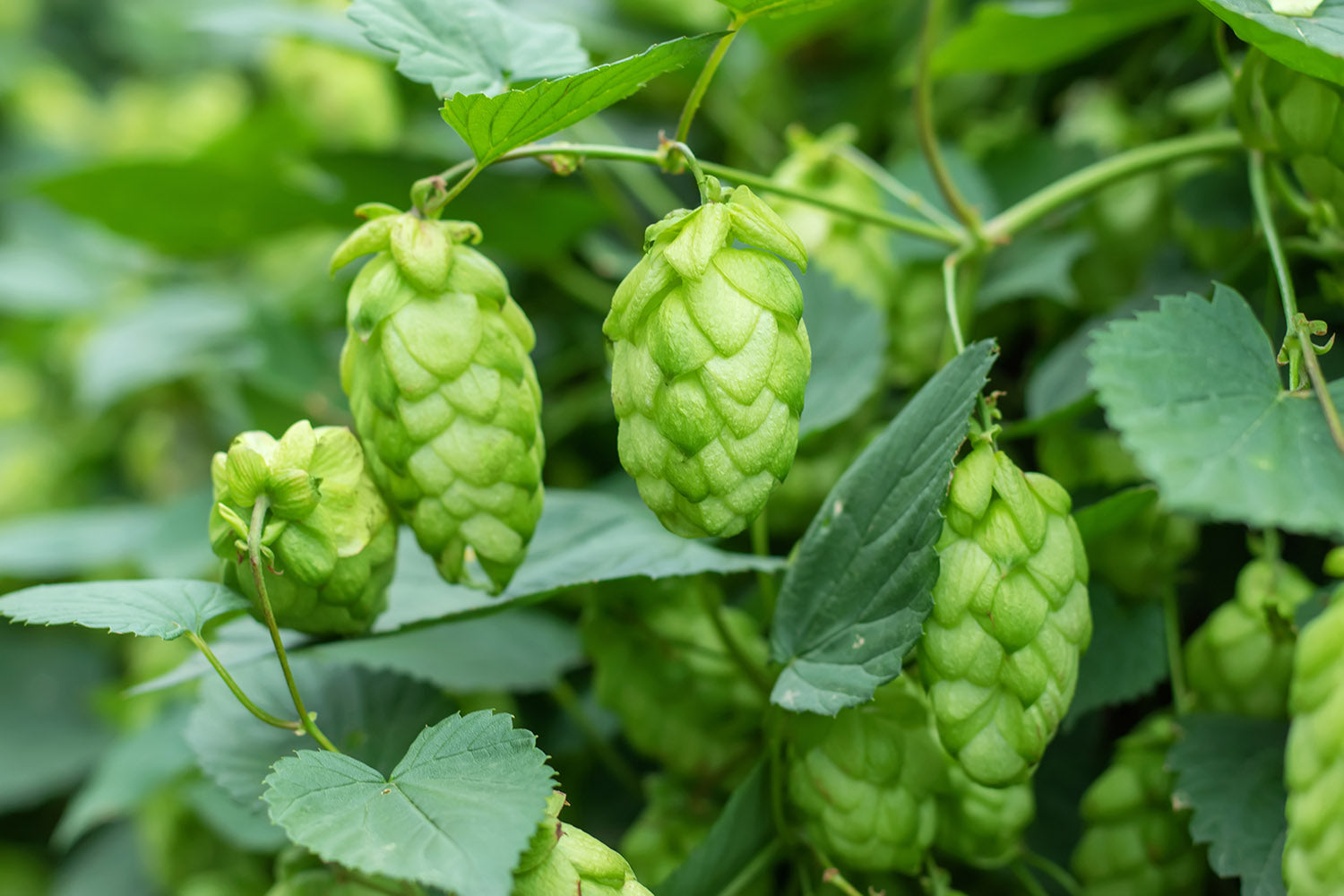
Hops
Humulus lupulus
-
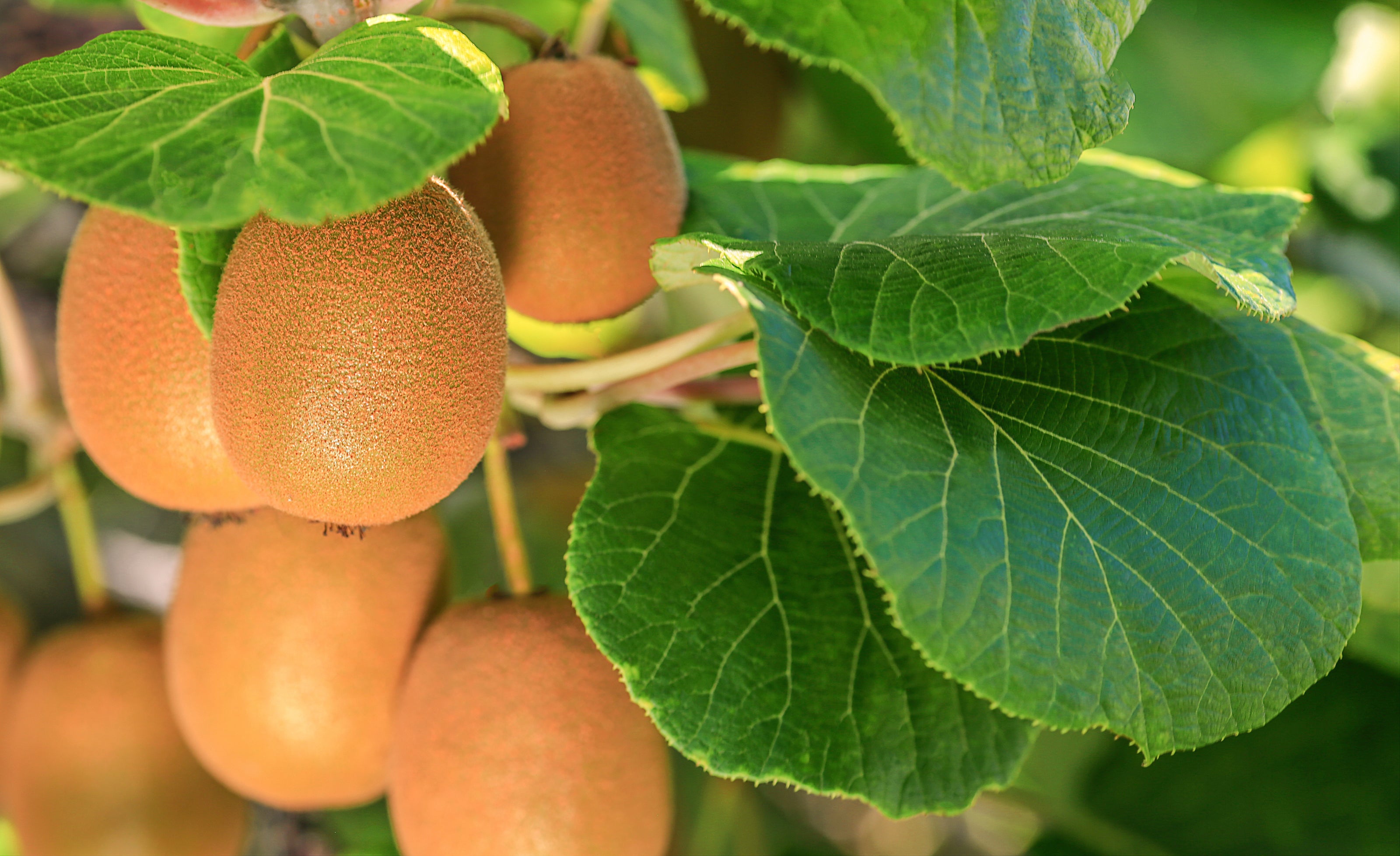
Kiwi
Actinidia
Other Fruit
Bored with your standard berry crops? Can’t find your favorite unique fruit at the grocery store? Check out the selection of neat and interesting, not some common fruits that we commonly carry and can grow here in the Willamette Valley.
-

Currant
Ribes
-
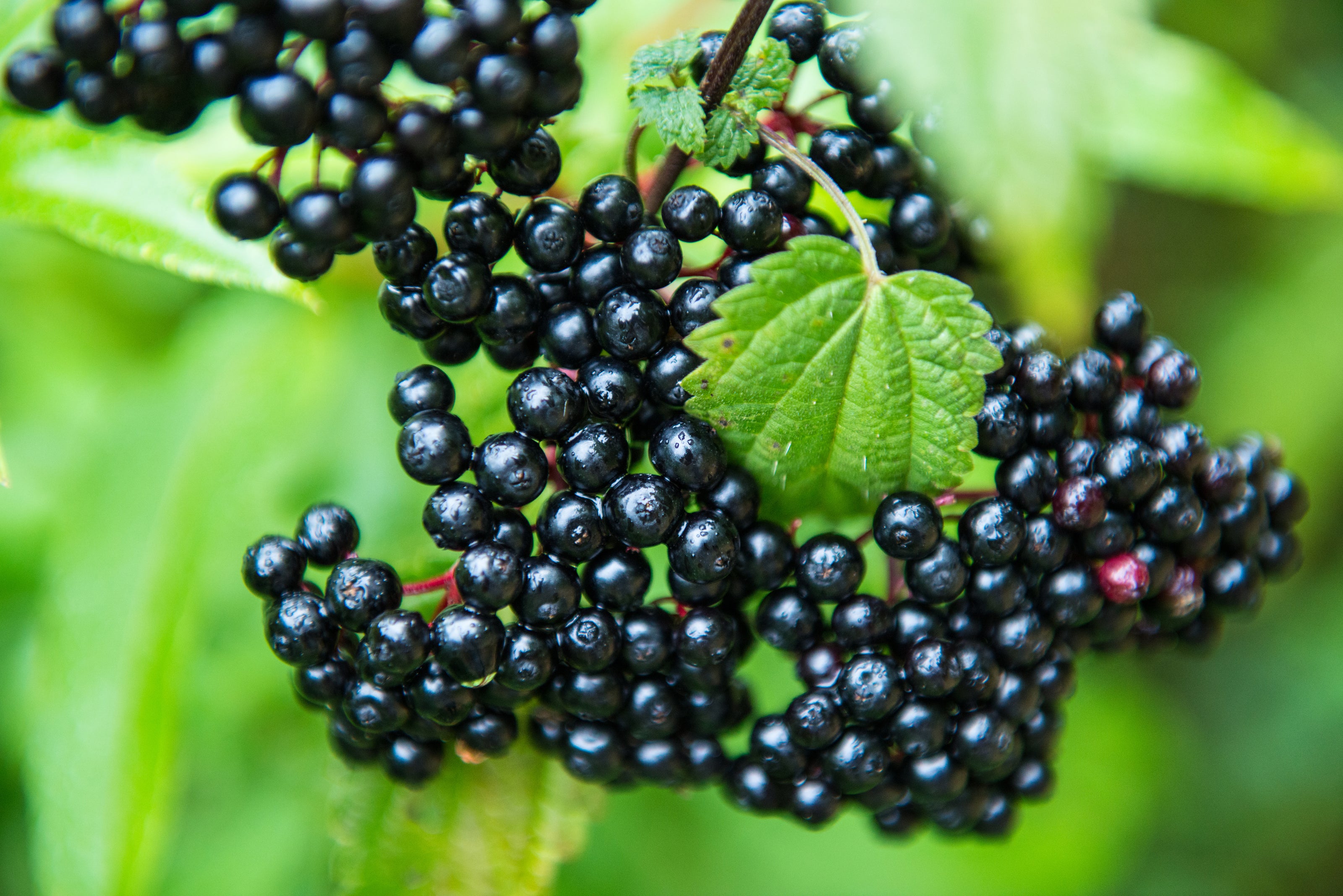
Elderberry
Sambucus
-
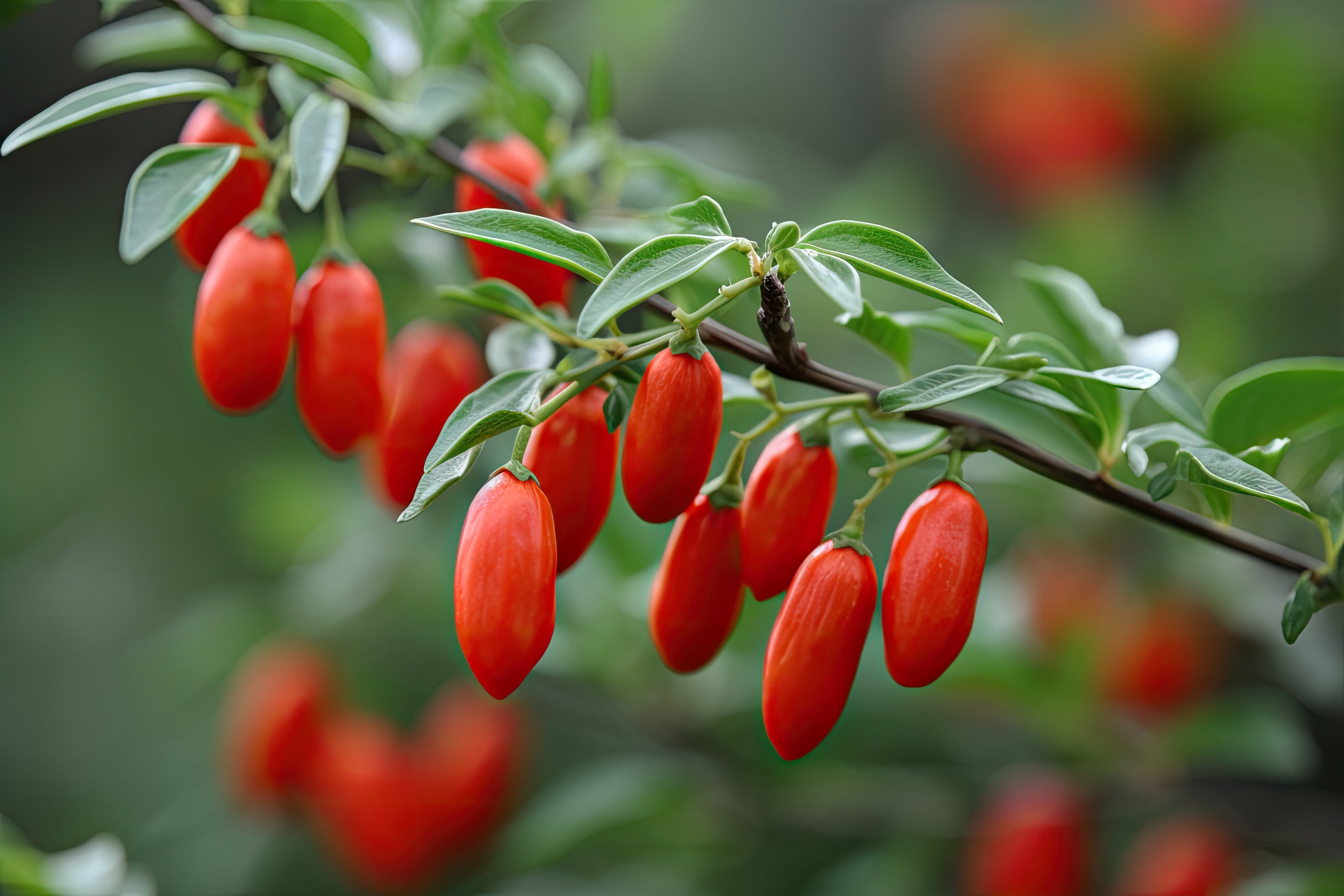
Goji Berry
Lycium barbarum
-
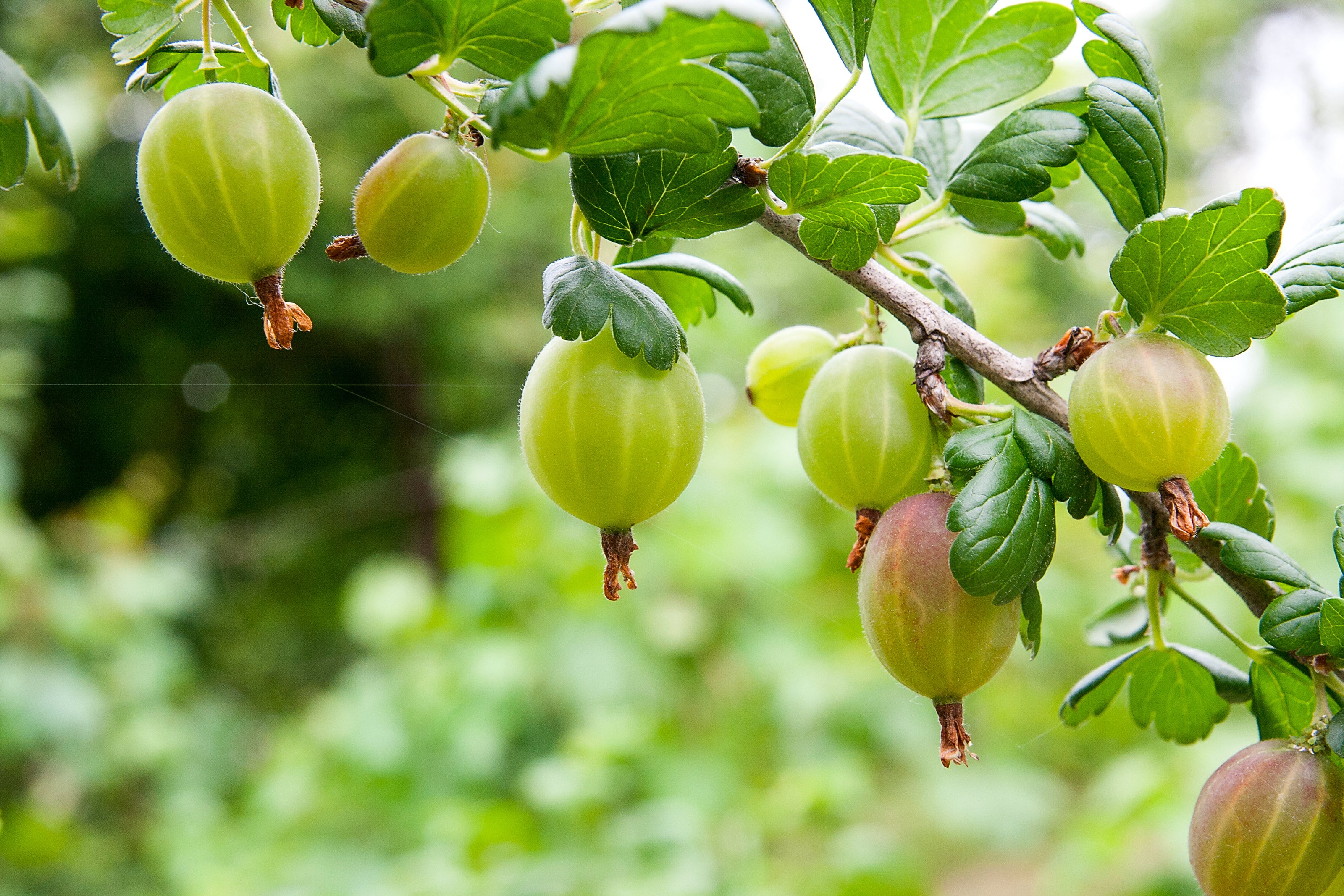
Gooseberry Berry
Ribes uva-crispa
-

Honeyberry
Lonicera caerulea
-
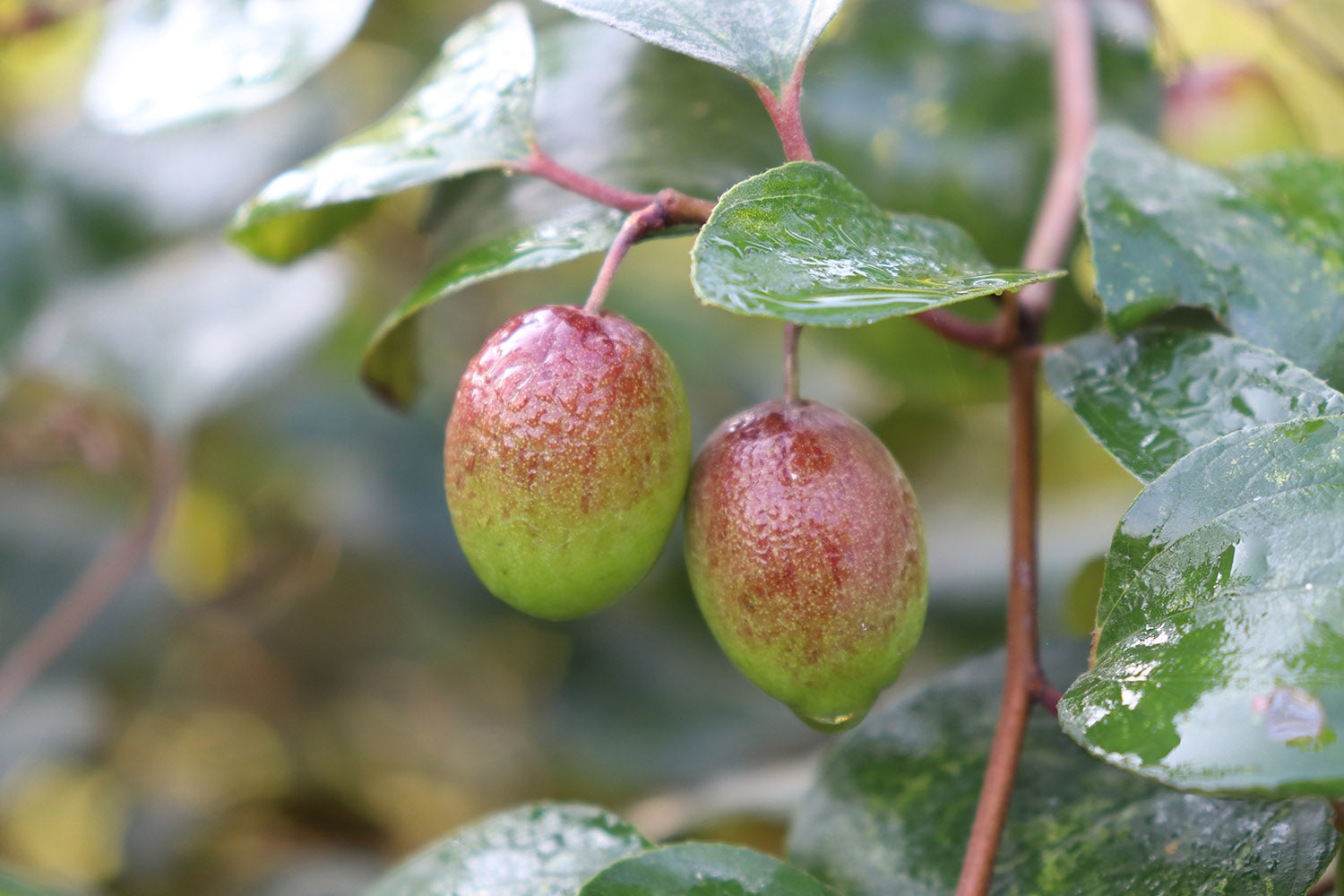
Jujube
Ziziphus
-
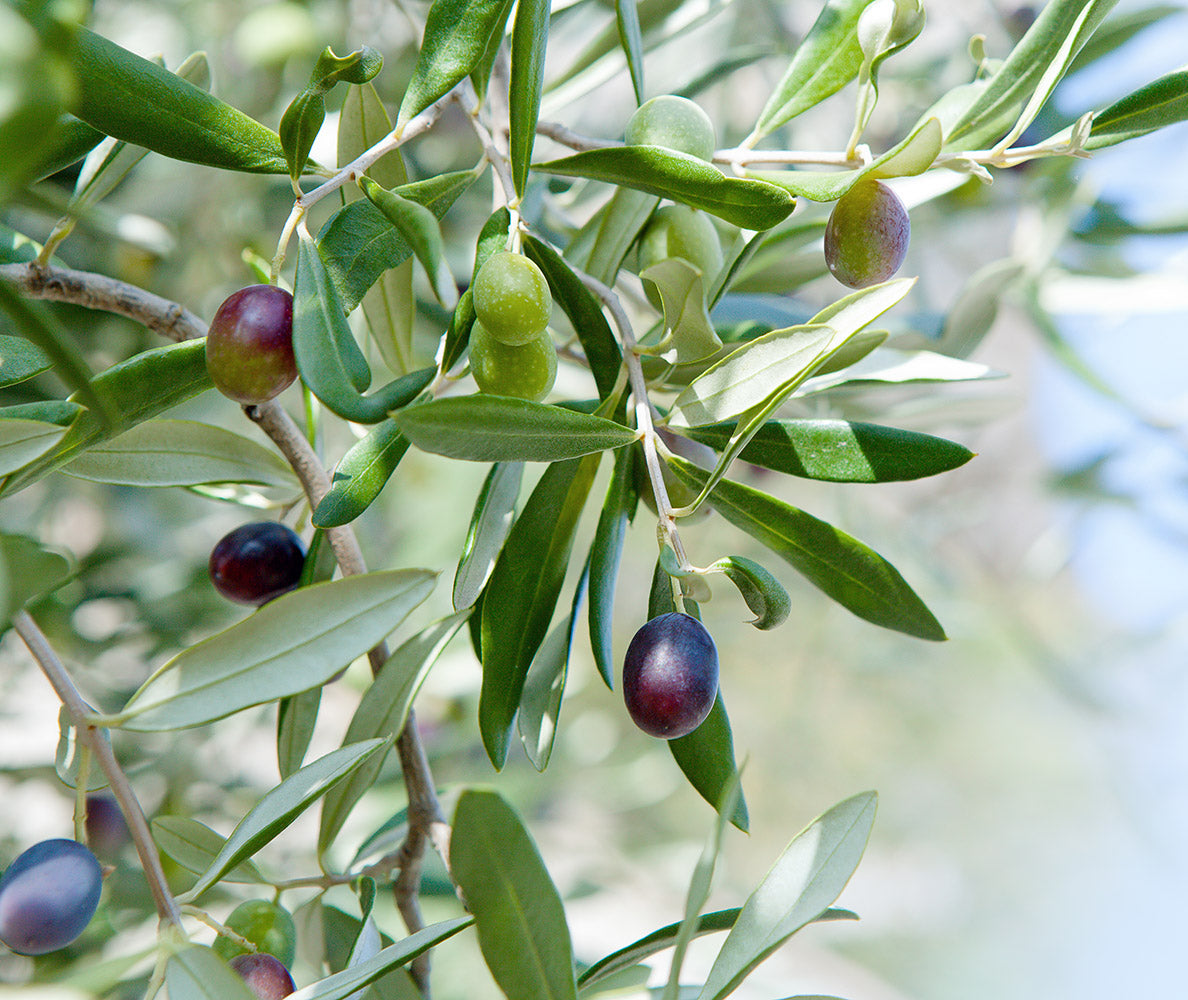
Olive
Olea europaea
